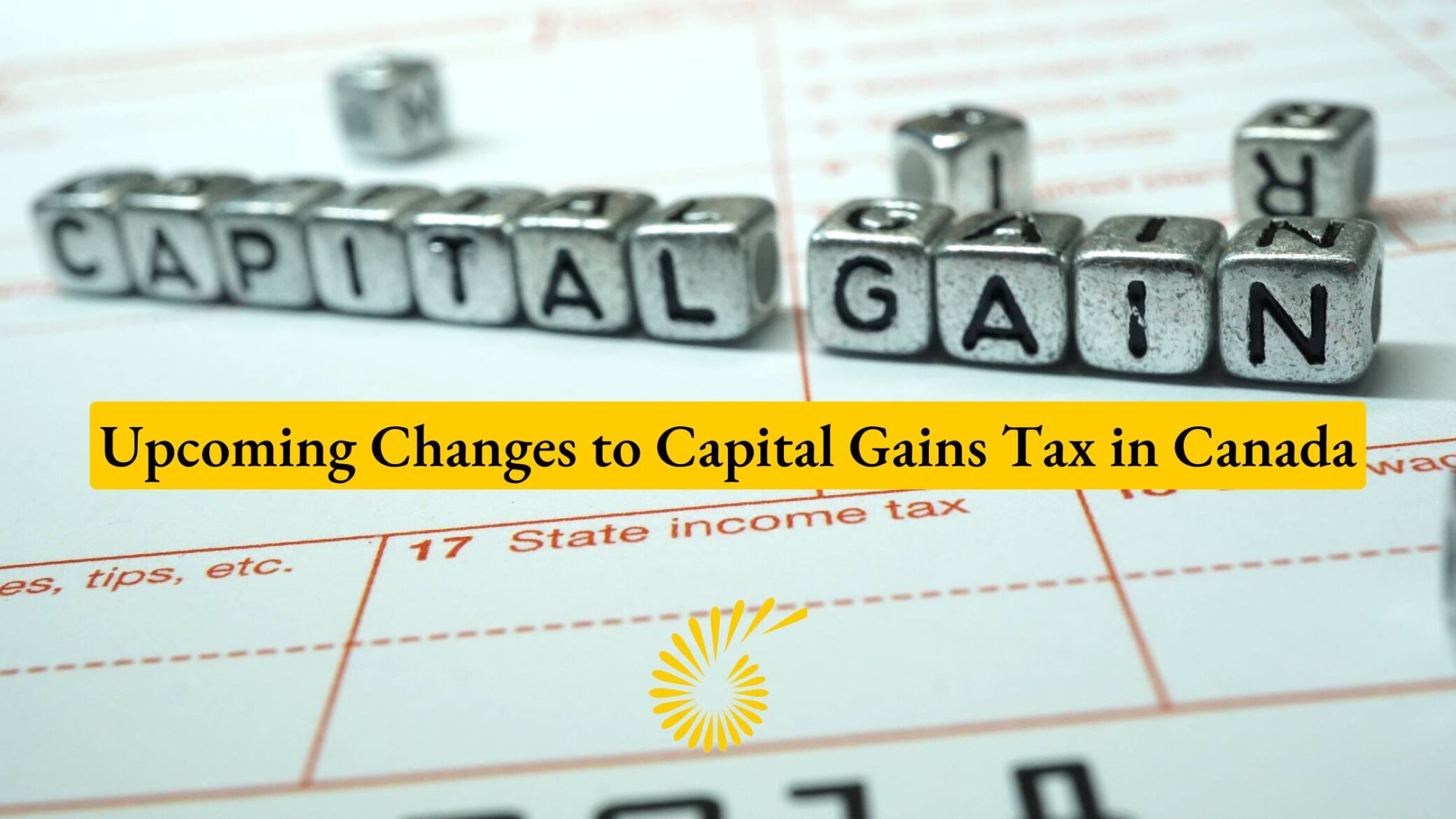Capital Gains Rate Increase Deferred to January 1, 2026
Read the Government’s announcement here.
In a welcome, but highly ridiculous, show of Liberal incompetence, the federal government has announced a delay in the planned increase to the capital gains inclusion rate. Initially scheduled for June 25, 2024, the change will now take effect on January 1, 2026, presuming the Liberals can hang onto power long enough to get it passed. The reason for the change is obvious: there is no legislation before parliament and the CRA have advised that they plan to administer the policy as if it is law (it isn’t). This created a massive dilemma for people and companies trying to file their 2024 taxes.
Read about the proposed capital gains inclusion rate changes here.
In order for these changes to come into effect, the Liberals will have to continue to have the confidence of the House of Commons, and legislation would have to be introduced and passed, presumably before the next election. Currently, most indicators point to a decisive Conservative landslide in the next election; the Conservatives have stated that they will turf this increase.
Read about the CRA’s updated guidance here.
For now, taxpayers can proceed with filing their 2024 taxes as if ‘nothing happened’; besides, of course, those Canadians who triggered large capital gains before June 25 and prepaid tax on those gains with the expectation that the Government of Canada had maintained some integrity and would pass the laws that they proposed, while they clung to a ‘pseudo majority’ government. Those taxpayers, unfortunately, still owe the tax on the gains they triggered (at a 50% inclusion rate).
If implemented, the taxable portion of capital gains will rise from 50% to 66.67% for individuals with annual capital gains exceeding $250,000, as well as for corporations and most trusts.
The government appears to be proposing to maintain maintaining and introducing several exemptions and “incentives”
✅ Principal Residence Exemption – Canadians will continue to be exempt from capital gains tax when selling their primary home.
✅ $250,000 Annual Threshold – Starting January 1, 2026, individuals with capital gains below this amount will still be taxed at the current 50% inclusion rate. This includes gains from selling secondary properties, such as cottages. For example, a couple selling a cottage with a $500,000 gain would not be subject to the higher tax rate.
✅ Lifetime Capital Gains Exemption Increase – As of June 25, 2024, the exemption for small business shares and qualified farming and fishing properties will increase to $1.25 million (up from $1,016,836). This means individuals with gains below $2.25 million will generally see no tax increase, and some may even pay less tax overall.
✅ New Canadian Entrepreneurs’ Incentive – Aimed at encouraging business growth, this incentive reduces the capital gains inclusion rate to one-third on up to $2 million in eligible lifetime capital gains. The cap will increase annually by $400,000, reaching $2 million by 2029. When combined with the enhanced Lifetime Capital Gains Exemption, entrepreneurs could benefit from lower taxes on up to $6.25 million in gains.
The increase to the Lifetime Capital Gains Exemption and the introduction of the Canadian Entrepreneurs’ Incentive will proceed as planned. The government is expected to introduce legislation for these measures soon, unless an election is triggered and they do not win it.
For business owners and investors, now is a good time to assess how these changes may affect long-term financial plans. Speaking with a tax professional can help ensure you’re prepared for what’s ahead.

